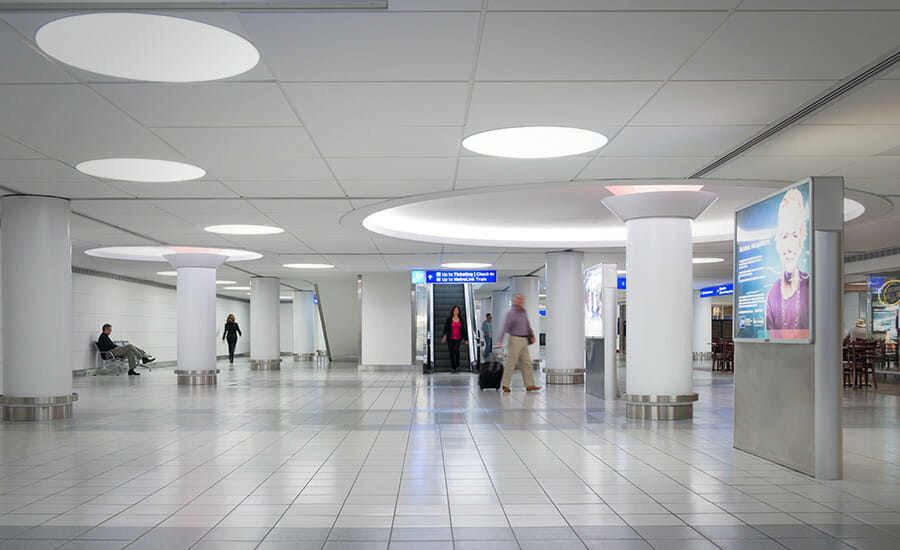The aviation industry has changed drastically because of the COVID-19 pandemic. The effects of global travel restrictions and fewer passengers willing to fly have grounded planes and had unavoidable economic impacts. Today, EXP’s global team of experts, including Marcos Souza, PE, look to help the aviation industry take off again amid uncertainty.
“From the onset of the pandemic, the aviation industry saw overwhelming effects on a global scale. It was evident our approach would need to be different than other markets because of the magnitude of the impact and undetermined recovery period. The aviation industry is agile, but when an extreme event occurs, it’s a shock to the system. We saw this with the attacks of September 11, when the fear of flying increased astronomically. With this understanding, we were able to prepare and position ourselves to help the industry recover.”
During the pandemic, EXP has delivered solutions to all our markets to combat the effects of COVID-19. These multidisciplinary and technical services were developed purposefully to meet immediate and long-term client and community needs. Marcos noted, “At EXP, we have assessed the most effective route for this market and opted for a concentrated approach, meaning we would first assess short-term, practical options to keep current projects moving, then employ tactical and technological solutions for a long-term, safe and reliable recovery.”
Today, EXP professionals throughout North America continue to refine long-term solutions to open doors for markets. “The aviation industry is not known to be the ‘trendsetter’ among industries. Because of the infrastructure is built with security in mind, they are not the first to implement new technologies and branch outside of their traditional procedures,” says Marcos. “This may seem like a disadvantage, but I consider this a great opportunity to effect change and am cautiously optimistic that we’re headed in the right direction for recovery. We have already seen things changing at airports and these are changes that are necessary to facilitate larger and more permanent transformations for passenger hygiene, comfort and spatial considerations.”
Understanding this procedural defined process, with structural limitations to-date, our experts began working on data and research-driven design on minimizing the transmission of COVID-19 and applying it to multiple building types and industries, including hospitality, food and beverage, entertainment, gaming and aviation.
Marcos, who has worked on construction, engineering and design projects at airports for over 14 years, continued by noting, “Our concentrated approach will support how we determine solutions for the design and construction of airports in the future, how we envision the passenger experience and promote enhanced safety and comfort levels. Airports are designed for efficient use of space. All their facilities need to be interconnected and close in proximity. If you think about your experience at airports, you arrive hours early, you get into a line, another line, then a gate or waiting area, another line or two and then you board the plane. Therefore, if we want to redefine the experience, we must look at the concept, the process, the physical space and how each of these components impacts and interacts with another and consider diseases and airborne viruses. The process may change, but the objective of an airport will not – to move millions of people around the world – and that is an important factor to keep in mind.”
Macros concludes by sharing, “When I think of the future of the aviation industry and how it will recover to ensure comfort for workers and travelers, I tend to think of my young daughter. Considered high-risk, do I feel she can fly safely, today? Have the processes and design considered the ever-changing definition of passenger comfort and safety enough for me to say yes? Until I can, without hesitation, I know our teams will keep working with a global community of experts to achieve tangible solutions.”

